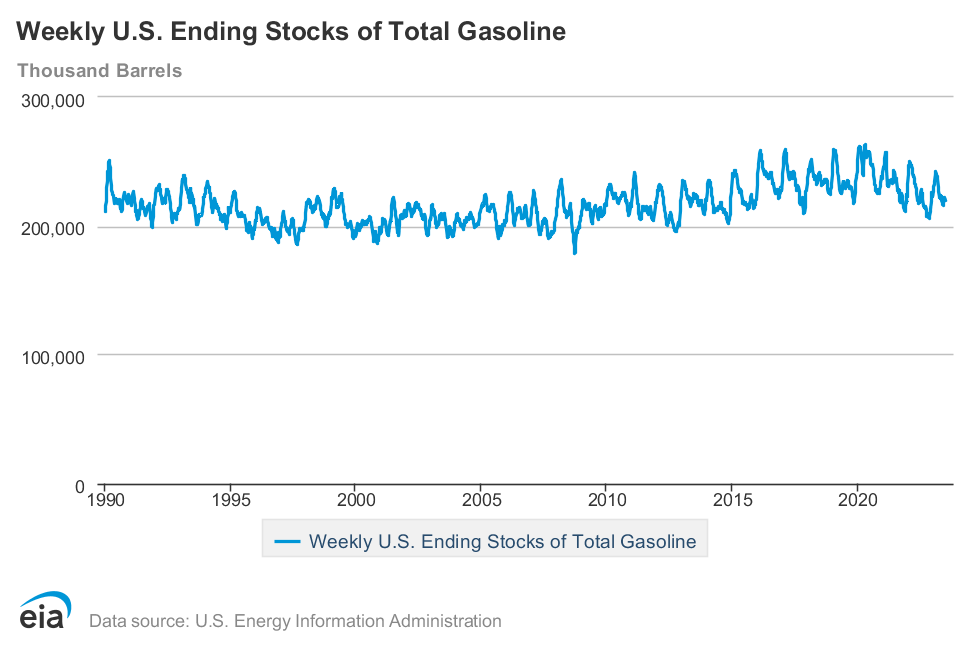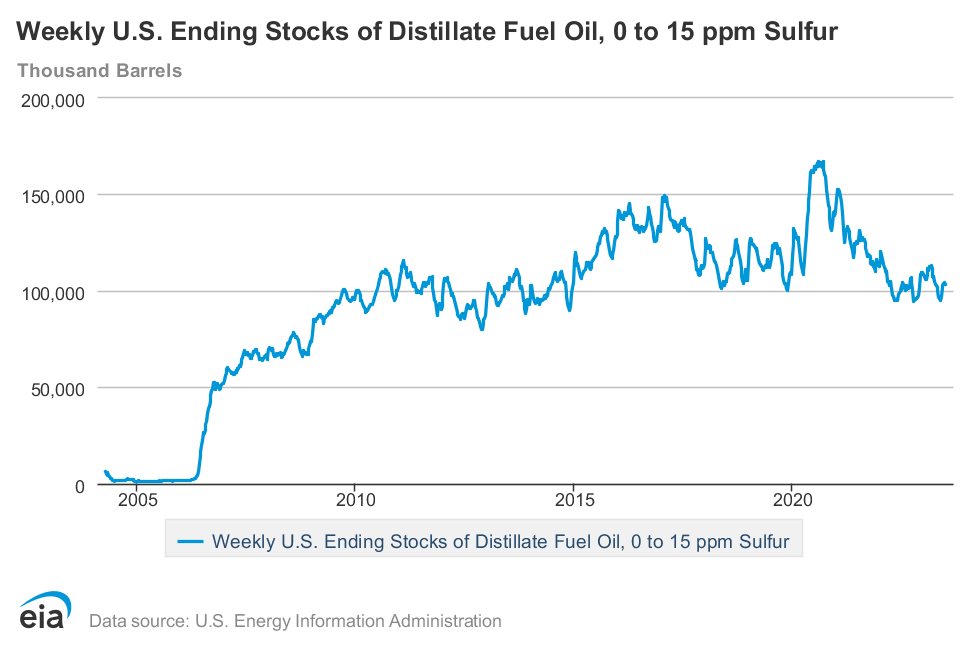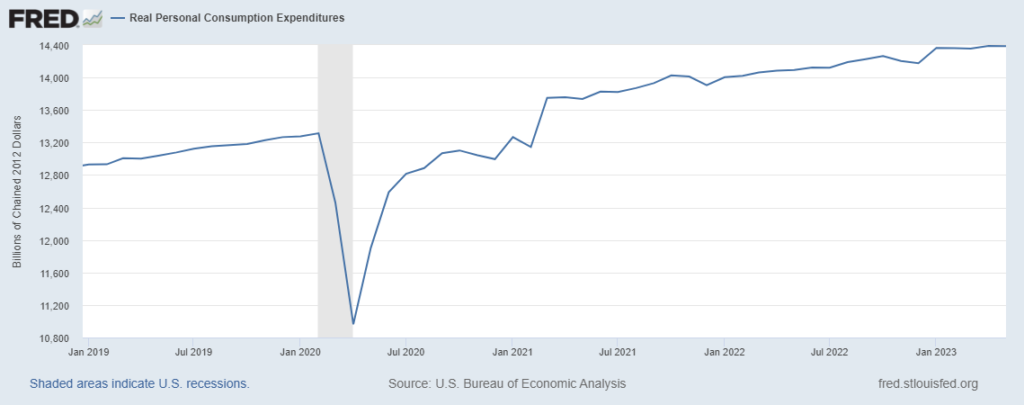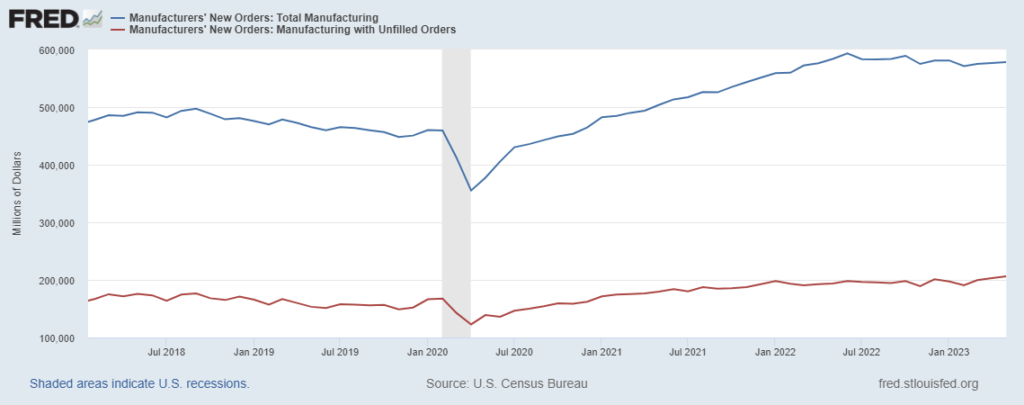Starting in June last year I worked with many more qualified folks who were worrying — make that actively engaging — make that actively mitigating — make that pulling and pushing as much as possible — to deliver natural gas into Europe in anticipation of war-time winter. We did not have high hopes. It was much more a commitment to do the best possible.
Thanks to a mild winter, significant and sustained demand motivation, and myriad urgent, smart efforts across the planet by both public and private sectors, energy flows to Europe — and especially natural gas flows and inventories — exceeded our expectations.
So, it was with considerable and conflicting emotions that I read John Kemp’s July 6 column from Reuters. It is headlined, Europe’s Gas Storage is Filling too Fast. Here is a meaningful chunk (but you really should read the whole argument):
… storage sites were already almost 79% full on July 4, compared with a prior 10-year average fill of just 60%…. the technical capacity of the storage system is only 1,130 TWh so space is on track to run out well before the start of winter 2023/24 on October 1… futures prices are under persistent pressure, pushing calendar spreads into a steep contango to boost consumption this summer while conserving it in the middle of winter 2023/24.
My head is spinning. If I am accurately tracking — and I welcome corrections — Europeans seem likely to fill their natural gas storage facilities much sooner than usual with comparatively low-priced current flows of natural gas. With fat — and fixed — inventories and anemic current demand, near-term futures prices have fallen precipitously since late last year (see chart below). For producer purposes, demand is too low now and looks likely to fall farther before the winter heating season begins.
Natural gas producers/shippers are wanting/trying/needing to motivate much more current consumption. One result is current low prices. Longer-term futures pricing suggests that without more consumption (and higher prices) now and into the autumn, there is likely to be less supply (and much higher prices) this winter... when fixed inventories and constrained flow capacity can be seriously challenged by any loss of supply (here) or sharp shift in demand.
Such as a stubborn polar vortex. According to Bloomberg, “Early winter cold is the scariest thing,” Samantha Dart, an analyst at Goldman Sachs Group Inc., said in an interview… Prices above €100 are still “very realistic.” S&P Global reports, “Potential risks for global gas requirements this winter are likely being underestimated, with a “strong tug of war” for LNG supplies likely between the developed Asian markets and Europe if demand surges because of the cold weather.”
So… despite current abundance, there is still reason for worry, engagement, mitigation, and much more.
Below: DUTCH TTF (benchmark) FRONT MONTH FUTURES FOR AUGUST

+++
July 18 Update: When I first saw this heading, “Gas, power markets face stress test as S Europe heatwave intensifies” — I wondered if this increased current demand might help mitigate the too much, too fast problem. According to S&P Global, “With scorching temperatures likely to persist across southern Europe, the region’s gas and power markets are set to come under strain, with demand on a steep upward trend.” But while this demand is well-above seasonal norms, it is not enough to slow the draw of natural gas into storage or even increase prices in sustained, substantial way. “Analysts at S&P Global Commodity Insights expect some price volatility if the heatwave persists. But they noted that the level of cooling demand was slightly lower than at the same time last year due to ongoing price sensitivity and because of cooling limits in public buildings in some cities.”





